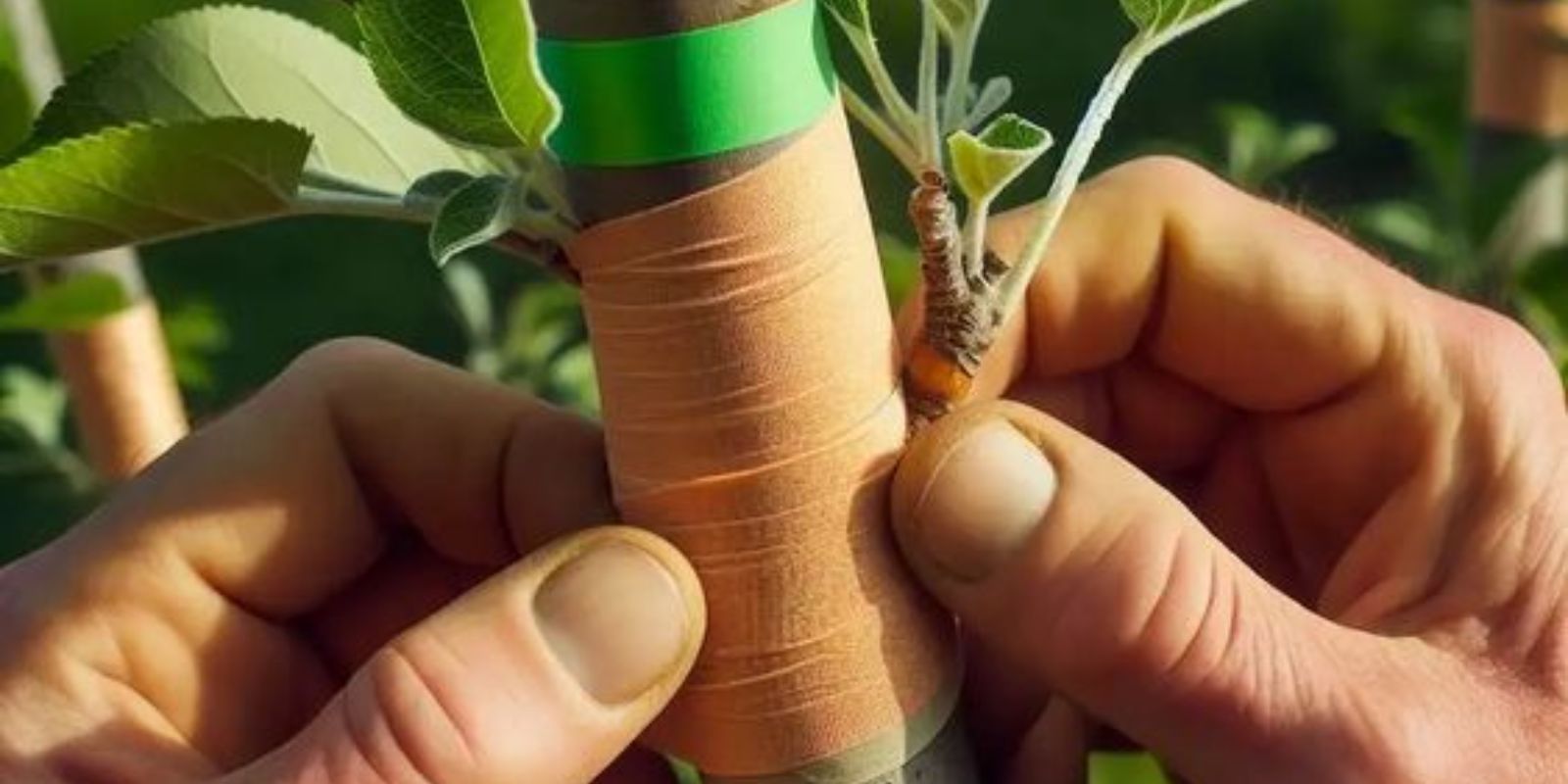Grafting is a horticultural technique used to propagate plants, especially fruit trees, by joining two different plant parts so they grow as one. This method is not only used to reproduce specific plant varieties but also to enhance the plant’s resistance to diseases, improve fruit quality, and combine desirable traits from different plants. While grafting may seem complex, mastering the technique can be highly rewarding, allowing gardeners and orchardists to cultivate unique and productive trees. This article will guide you through the process of grafting trees correctly and efficiently, covering the necessary steps and best practices to ensure success.
Introduction
Grafting has been practiced for thousands of years and remains a vital tool in modern horticulture. The process involves joining a scion (the desired plant variety) to a rootstock (the plant providing the root system). The success of grafting depends on the compatibility of the scion and rootstock, proper technique, and careful post-grafting care. There are various grafting methods, but this article will focus on the most commonly used techniques: whip and tongue grafting, cleft grafting, and budding. Each method has its applications and is chosen based on the type of plants, the season, and the desired outcome.
Selecting Compatible Plants
The first step in grafting is choosing compatible rootstock and scion:
- Compatibility: The rootstock and scion must be compatible, meaning they should belong to the same species or closely related species. For example, apple scions are typically grafted onto apple rootstocks.
- Healthy Rootstock: Select a healthy, disease-free rootstock with a well-established root system. The rootstock’s characteristics, such as dwarfing or disease resistance, can influence the growth and productivity of the grafted tree.
- Desired Scion: Choose a scion from a healthy, vigorous plant that exhibits the desired traits, such as fruit size, flavor, or disease resistance. The scion should have several dormant buds.
Preparing the Rootstock
Preparing the rootstock correctly is crucial for the grafting process:
- Timing: The best time to graft is during the plant’s dormant season, typically in late winter or early spring, before new growth begins.
- Clean Cuts: Make a clean, smooth cut on the rootstock using a sharp grafting knife or pruning shears. The cut should be made at a height appropriate for the type of graft being used.
- Wound Management: Ensure that the cut surface is smooth and free of splinters, as rough cuts can hinder the union and healing process.
Preparing the Scion
The scion must be prepared carefully to match the rootstock:
- Cutting the Scion: Select a healthy scion with at least 2-4 buds. Cut the scion at an angle to match the cut on the rootstock. The length of the cut should be about 1-2 inches long.
- Matching Cambium Layers: The cambium layer is the layer of actively dividing cells located just beneath the bark. It is crucial to align the cambium layers of the scion and rootstock for the graft to be successful.
- Storing Scions: If you are not grafting immediately, store the scions in a cool, moist environment, such as a refrigerator, to prevent them from drying out.
Joining the Graft
The method of joining the graft varies depending on the type of grafting technique used:
- Whip and Tongue Grafting: This method involves making a sloping cut on both the rootstock and scion and then making a matching notch or “tongue” in each. The tongue helps lock the pieces together, increasing the surface area contact and improving the graft union.
- Cleft Grafting: Used when the rootstock is significantly thicker than the scion, this method involves making a split in the rootstock and inserting one or two scions into the split. The cambium layers of the scion should align with those of the rootstock.
- Budding (T-Budding): This method involves inserting a single bud from the scion into a T-shaped cut in the rootstock’s bark. Budding is typically done in late summer when the bark “slips” or separates easily from the wood.
Securing and Protecting the Graft
Once the graft is made, it must be secured and protected:
- Grafting Tape or Wax: Use grafting tape, parafilm, or grafting wax to secure the graft union and prevent it from drying out. Wrap the tape tightly around the graft to hold the scion and rootstock together.
- Protecting the Graft: To prevent desiccation and protect against pests, some grafters cover the graft with a plastic bag or a small grafting wax cap. Ensure the graft remains moist but not overly wet.
- Labeling: Label the grafted plant with the scion variety and the date of grafting. This helps keep track of the grafting process and the success rate.
Post-Grafting Care and Monitoring
Proper care after grafting is crucial for the success of the union:
- Watering: Keep the grafted plant adequately watered, ensuring the soil remains moist but not waterlogged. This helps the plant heal and supports new growth.
- Monitoring Growth: Monitor the graft for signs of growth and healing. Successful grafts will show new shoots and leaves from the scion buds. Remove any shoots that emerge from the rootstock below the graft, as they can sap energy from the scion.
- Protecting the Graft: Protect the grafted plant from harsh weather conditions, such as extreme heat or cold. If necessary, provide shade or insulation to prevent damage to the tender graft union.
Conclusion
Grafting is a valuable skill for gardeners and orchardists, allowing the propagation of specific plant varieties and the improvement of plant characteristics. By following the steps outlined in this guide—selecting compatible plants, preparing the rootstock and scion, joining the graft, and providing proper care—you can graft trees correctly and efficiently. Mastering this technique opens up a world of possibilities for creating unique and productive trees in your garden or orchard.
Start practicing grafting today and enjoy the benefits of growing your own customized and fruitful trees!

